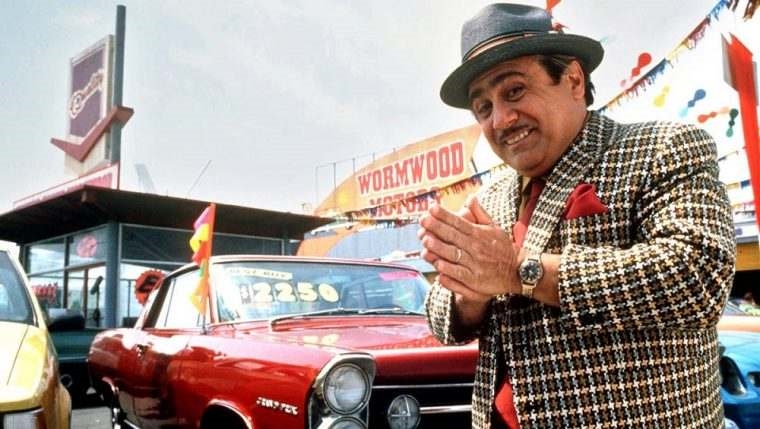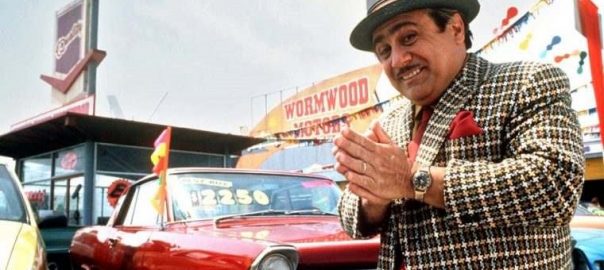
Negotiations can fall into one of 2 camps- Distributive negotiations and Integrative negotiations. In this post, we discuss what you need to know about distributive negotiations.
Distributive negotiation is the process of dividing up the value pie during negotiations. Distributive negotiation can be thought of as haggling. Distributive negotiations are based on the idea that one party’s gain means the other party’s loss. In other words, your goal is to negotiate in such a way that when you reach an agreement, you have given up less than the other party. Your goal is to win as much as you can during the negotiation. Typically, that means that the other party has to give up something.
Distributive negotiations assume there is a fixed set of resources to be negotiated for so when one side gets something, the other side must give up something. Distributive negotiations often involve haggling over price. In distributive negotiations, the seller frequently makes a ridiculous claim about the value of what they are selling and the buyer makes an equally ridiculous low-ball offer. Then the two parties compromise their way to some middle ground.
The most effective distributive negotiators spent a lot of time preparing. Many use the “I FORESAW IT” model. They enter every distributive negotiation with a clear understanding of their “Best Alternative To a Negotiated Agreement” (BATNA)– which is what they’ll do if they don’t achieve their goals and walk-away price.
5 Proven Distributive Negotiation Strategies
To maximize the amount of value you can claim in your distributive negotiations, you can use the following five strategies from the book “Negotiation Genius: How to Overcome Obstacles and Achieve Brilliant Results at the Bargaining Table and Beyond” by Deepak Malhotra and Max H. Bazerman.
Focus on the Other Party’s BATNA and Walk-Away Price
In addition to determining your own BATNA and walk-away price, it is important to estimate the other party’s BATNA and walk-away price. When you do so, you can estimate the “Zone Of Possible Agreement” (ZOPA), which is the range of deals that both parties would accept.
For example, if you’re not willing to spend more than $ 3,000 (your walk-away price) for a piece of equipment and you believe the seller might be willing to part with it for $ 2,500, the ZOPA ranges from $ 2,500 to $ 3,000 or $ 500. According to Malhotra and Bazerman, negotiators who focus on the other party’s BATNA tend to aim higher and capture more value.
Avoid Making Unilateral Concessions
Once each party has made an initial offer, avoid the trap of making another concession before your counterpart has reciprocated with one of their own. If the other party won’t match your concession, it may be time to walk away and exercise your BATNA.
Be Comfortable with Silence
Negotiators are inclined to make undue concessions or retract their offer when the other party seems to be taking too long to respond. However, keep in mind that the other party’s silence may be strategic and designed to make you feel uncomfortable, or to make think that you have exceeded their walk-away price to encourage you to make further concessions.
Clarify Your Concessions
As human beings, we have an innate tendency to reciprocate any gifts and concessions we receive from others. Due to this powerful norm of reciprocity, we tend to make concessions of our own when offered one by a counterpart in a distributive negotiation. At the same time, negotiators can be motivated to undervalue or overlook one another’s concessions to escape those feelings of obligations. For this reason, it is important to draw attention to your concessions by clarifying how costly the concession will be to you and making it clear that you’re reluctant to give this value away.
Make Contingent Concessions.
To further reduce the ambiguity of your concessions, you might explicitly tie your concessions to specific actions by the other party. Good negotiators make it clear that they will only make a concession if the other party meets their expectations.
For example, you could say “I’m willing to pay that price if you can promise me early delivery.” Contingent concessions can not only secure commitments from your counterpart but also broaden the number of issues up for discussion. This could possibly transform a distributive negotiation into an integrative one and create value in the process.
5 Distributive Negotiations Tactics
Below are five distributive negotiations tactics
Play Your Cards Close to Your Vest
Make as little information available to the other party. The less the other party knows about your interests, the better your position. This should include why you want to make the purchase, your preferences, or the point at which we will hit your walk-away price and exercise your BATNA. Expressing your eagerness to negotiate a deal or why you need the deal will reveal a weakness that the other party could exploit in the negotiations.
Learn as Much as You Can About the Other Party
Use whatever means you have at your disposal to obtain as much information about the other party as possible. Check out their website, look for press releases, and do a Google search on the company and key members of their team. Use tools like Reference USA to find revenue trends and their credit rating. For even more information- especially in larger deals- bite the bullet and pay the fee to get a Dun and Bradstreet (D&B) report. Here is the kind of information contained in a sample D&B report. Any information uncovered is potential leverage to negotiate a better deal.
Let the Other Side Know You Have Options
The only information you should reveal to the other party is thatif you can’t come to an acceptable agreement, you have other options. These options might include the fact that you have other sellers you can purchase from or other buyers you could sell to. Reminding the other party that you have viable options demonstrates your willingness to walk away if necessary. It also lets the other party know there will be no negative consequences on your part for walking way, strengthening your negotiation position.
Offer an Anchor Price
I often say that “ye who mentions price first loses, because the price offered will set the ceiling price, and the buyer may have been willing to pay more. However, there are occasions where you will want to make the first offer as it will act as a negotiation anchor. The anchor price becomes the point on which the rest of the negotiation will likely be tied to. In some cases, you will want to make the first offer to ensure that price negotiation discussions start off in your favor.
Be Realistic
Being too greedy or stingy will likely result in no agreement, so it’s better to keep your expectations realistic.
How will you apply your new-found knowledge about distributive negotiations?
Business & Finance Articles on Business 2 Community
(81)
Report Post




